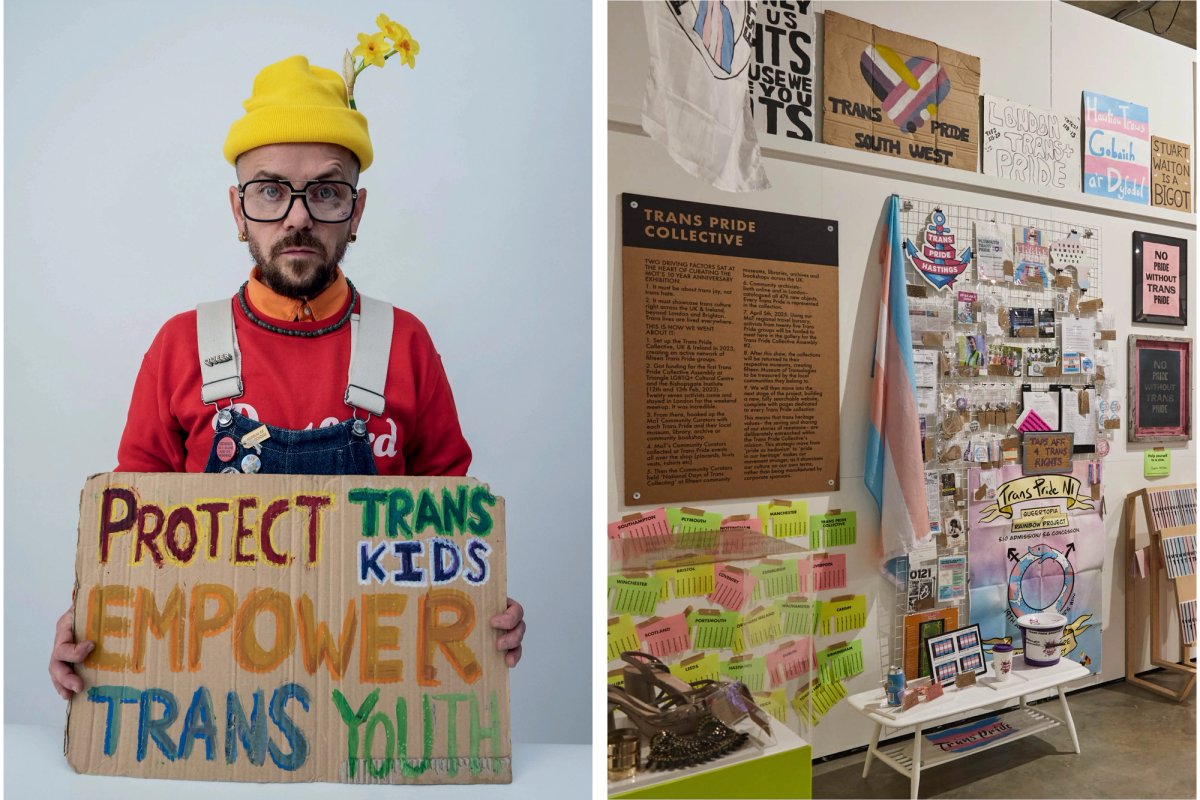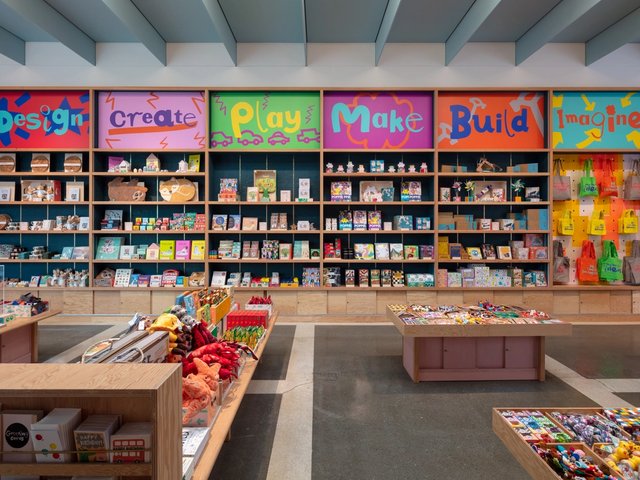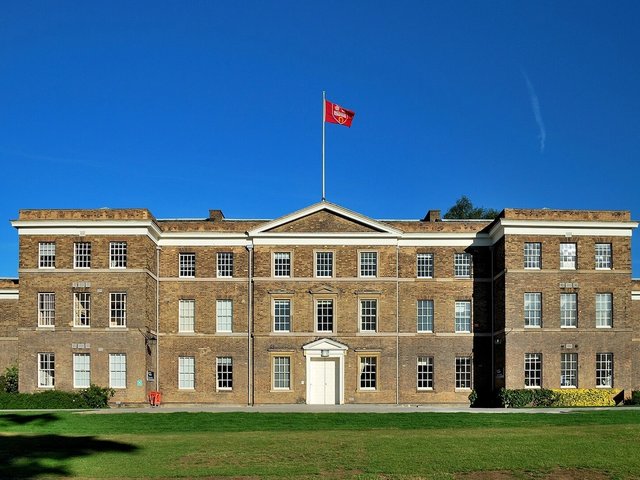“You cannot legislate trans people out of existence” read a protest placard on display at Central Saint Martins’ Lethaby Gallery in London, where visitors could also find sachets of hormonal gender treatments and a rainbow kippah. Until recently these were among more than 1,000 personal artefacts in the exhibition Transcestry, which marked the tenth anniversary of the Museum of Transology, home to the world’s largest collection of objects and stories celebrating transgender, non-binary and intersex lives.
This subject has gained fresh relevance in the UK since 16 April, when the supreme court ruled that the terms “woman” and “sex” in the Equality Act refer only to a biological woman and to biological sex. The judgment could have far-reaching implications for who can access same-sex spaces, including bathrooms and changing rooms. Sporting organisations including the Football Association have already banned transgender women from women’s teams, while LGBTQ+ charities have warned of a “genuine crisis for the rights, dignity and inclusion of trans people in the UK”.
What are the implications of the ruling for museums?
E-J Scott, the founder of the Museum of Transology, says museums have a unique role to play in society by harnessing their social agency to foster cohesion. Scott, who uses he/him and they/them pronouns, is a senior lecturer at Central Saint Martins, and a co-curator of Trancestry—now among the most visited exhibitions in the Lethaby Gallery’s history.
They are also a co-author of Trans-Inclusive Culture: Guidance on advancing trans inclusion for museums, galleries, archives and heritage organisations, published by the University of Leicester’s Research Centre for Museums and Galleries in September 2023 and supported by organisations including the Museums Association and International Council of Museums UK. The document, which sets out an ethical framework to support cultural organisations in advancing trans inclusion, has since been downloaded around 9,000 times.
Scott is confident that the supreme court’s ruling will not stifle the “honesty and integrity” with which organisations have so far approached trans inclusion—and museums’ responses to the ruling reinforce his view. Some smaller museums were quick to voice support for the transgender community, with London’s Vagina Museum posting a statement on Instagram on 19 April. The museum’s director, Zoe Williams, says that, as an organisation led by women and LGBTQ+ people, this expression of solidarity was a priority.
Standing in solidarity
“We, like the rest of the sector, will continue to operate as usual—by not examining birth certificates, chromosomes or genitalia at the door,” Williams says. But she acknowledges that the ruling has led to some internal changes.
“Since the ruling, our staff and volunteers have been subjected to misogynistic abuse and threats of gendered violence from supporters of the ruling,” she explains. “It’s our top priority to keep our team safe, and we are constantly revising and reviewing the support that we can give to team members who have faced such abuse.”
For bigger organisations, processes and policies can take longer to review—and yet language remains supportive. An Arts Council England spokesperson says the organisation is awaiting a revised code of practice from the Equality and Human Rights Commission (EHRC), due this summer. The Arts Council aims “to work through these changes with sensitivity and care, and encourages sector organisations to do the same”.
“Museums should be safe and welcoming places for all, including members of the trans community,” says Sharon Heal, the director of the Museums Association. The organisation will continue to “champion museums that use their collections and buildings to be inclusive and equitable places for all”, she says.
Despite this support, it seems likely museums will still need to grapple with how to interpret and implement the supreme court’s judgement—just as experts in employment, discrimination and human rights law are doing.
In interim guidance published on 25 April, the EHRC wrote that in workplaces and services open to the public “trans women (biological men) should not be permitted to use the women’s facilities and trans men (biological women) should not be permitted to use the men’s facilities”.
In response, an open letter from the culture sector published on 2 May, which has since been signed by more than 2,400 people, states: “We stand in solidarity with our trans, non-binary and intersex communities ... we are unable and unwilling to police the gender of people using our toilets.”
Complexities and legal obligations
According to Richard Sandell, the director of the Research Centre for Museums and Galleries at Leicester University and another co-author of the university’s trans-inclusive guidance, the issue of dignified and equal access to bathrooms in museums is fundamental. It is just one area of the 2023 document that is now being reviewed—a process that has been 18 months in the planning, with results expected to be published in coming weeks.
“The ruling was supposed to give clarity. It doesn’t; it adds complexity in lots of ways,” Sandell says. “But, if you look back at the original guidance, actually the biggest parts of it are wholly unchanged by the supreme court, because there’s so much that museums can, should and are legally obliged to do under their Public Sector Equality Duty.”
This final point, Sandell says, is key. The ruling does not change the obligations of public authorities to consider the impact of their policies on people who share protected characteristics—including gender reassignment.
“It’s the lawful thing to do: to work hard to commit to advancing trans inclusion, to protect that group from discrimination and prejudice,” he explains. “This is both a key moment and one that in no way upends or disrupts the central drive to harness the potential of culture to advance trans inclusion.”
His co-author Scott says that amid the raging “trans debate”, museums are remaining calm. “It is still illegal to discriminate against trans people,” he says. “So we can still create spaces that are welcoming for trans people, just as we can create spaces that are welcoming for migrants and refugees, just as we can create spaces that are welcoming for people living with disabilities, spaces for families, spaces for women.”






